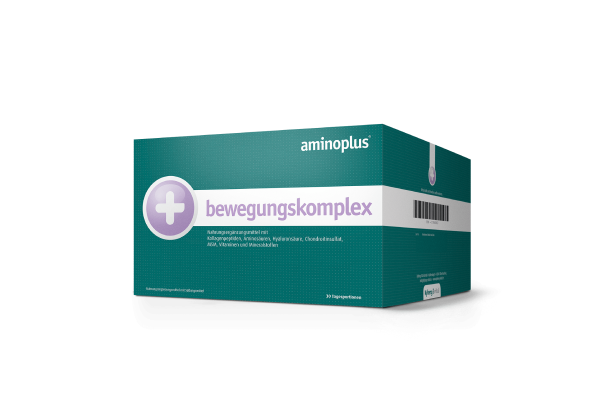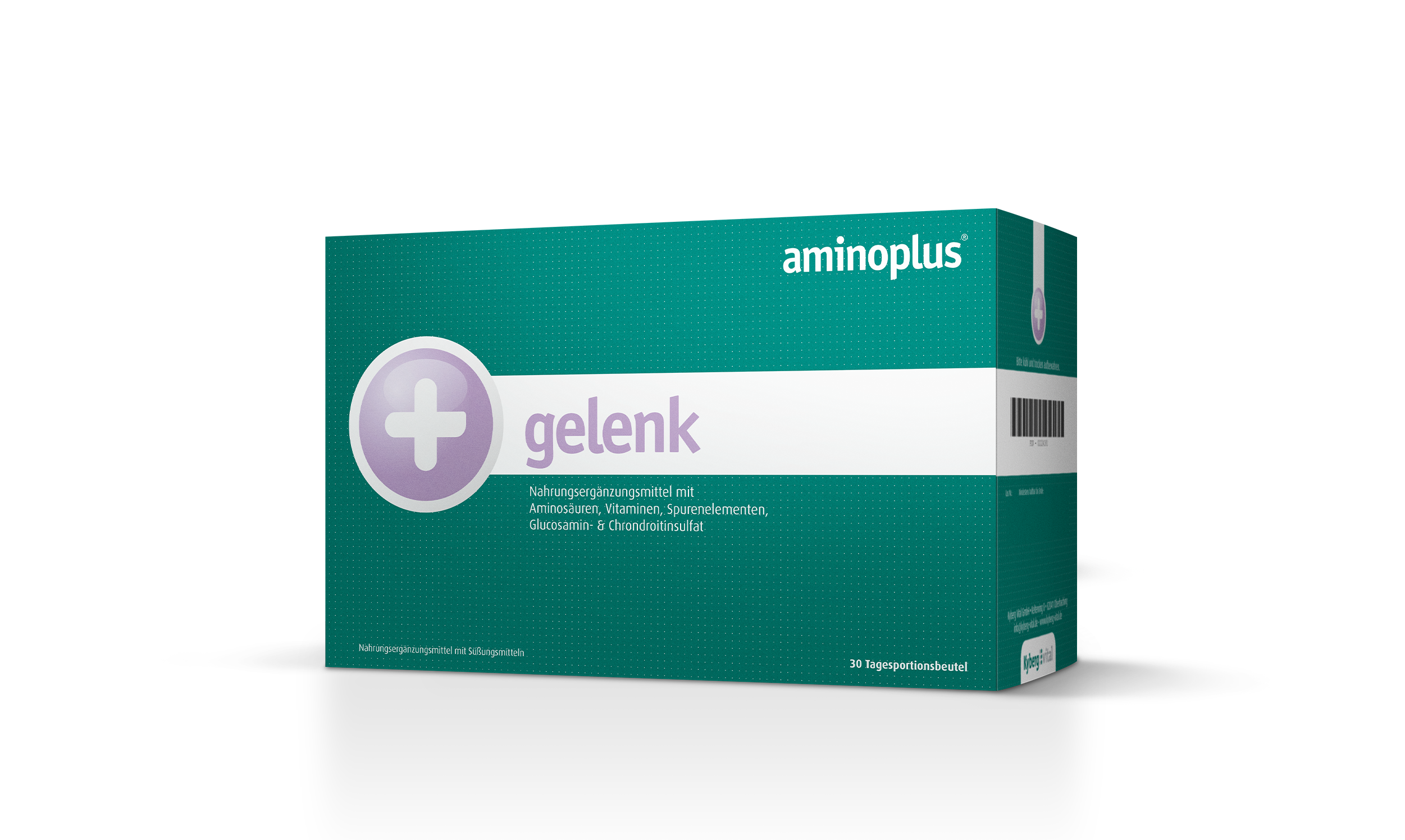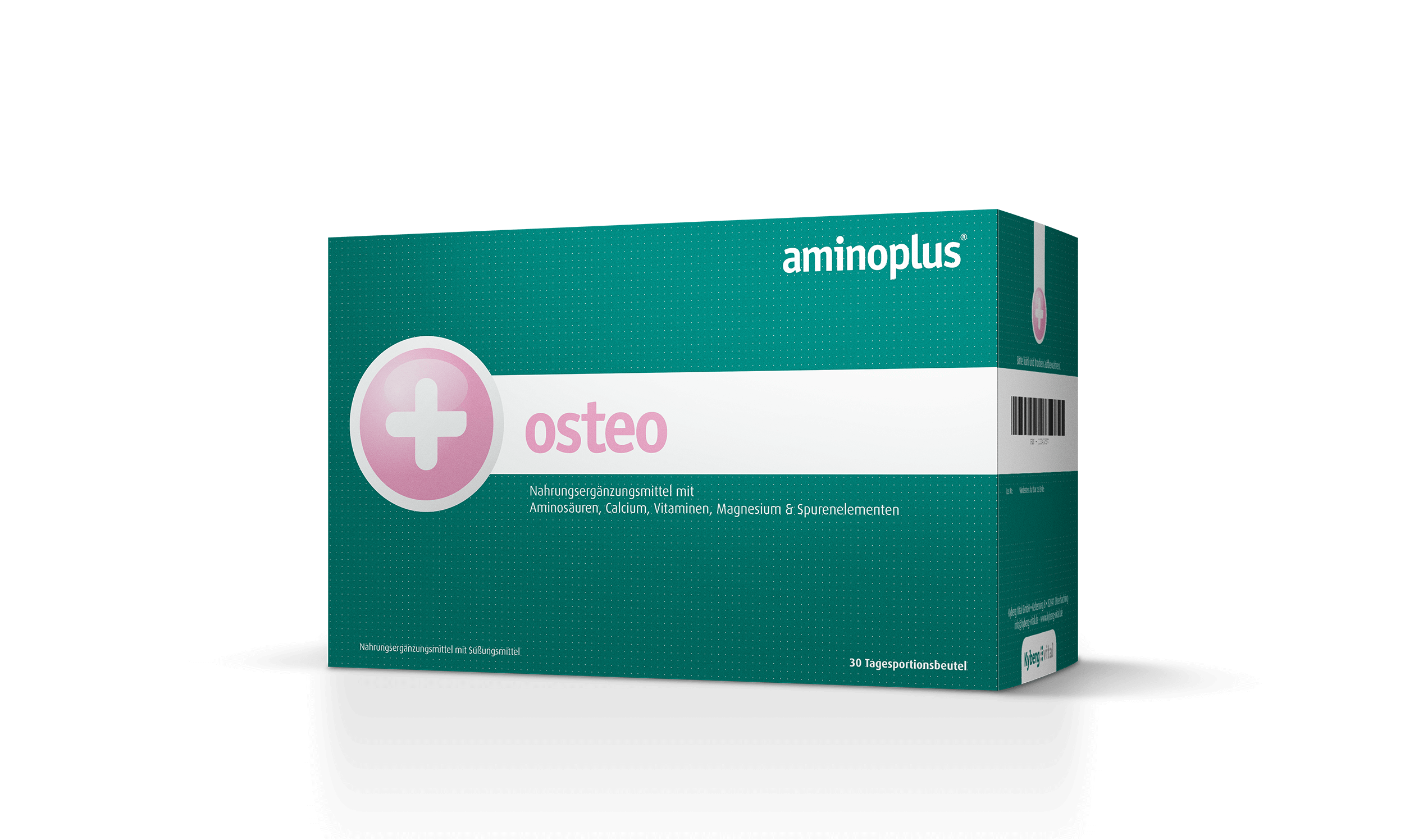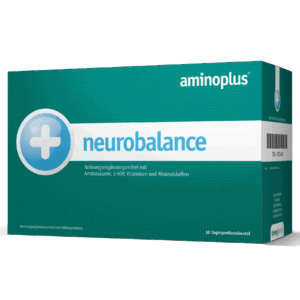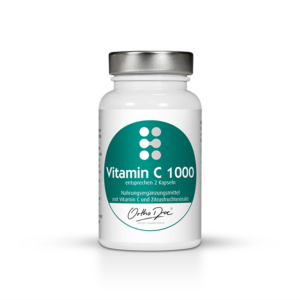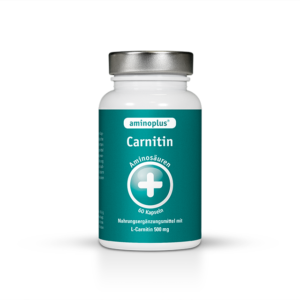Musculoskeletal System
Have fun with exercise!
Movement is a fundamental part of life, just like eating and drinking. What our head thinks and decides, our Musculoskeletal System translates into action. The brain and extremities are a well-coordinated team.
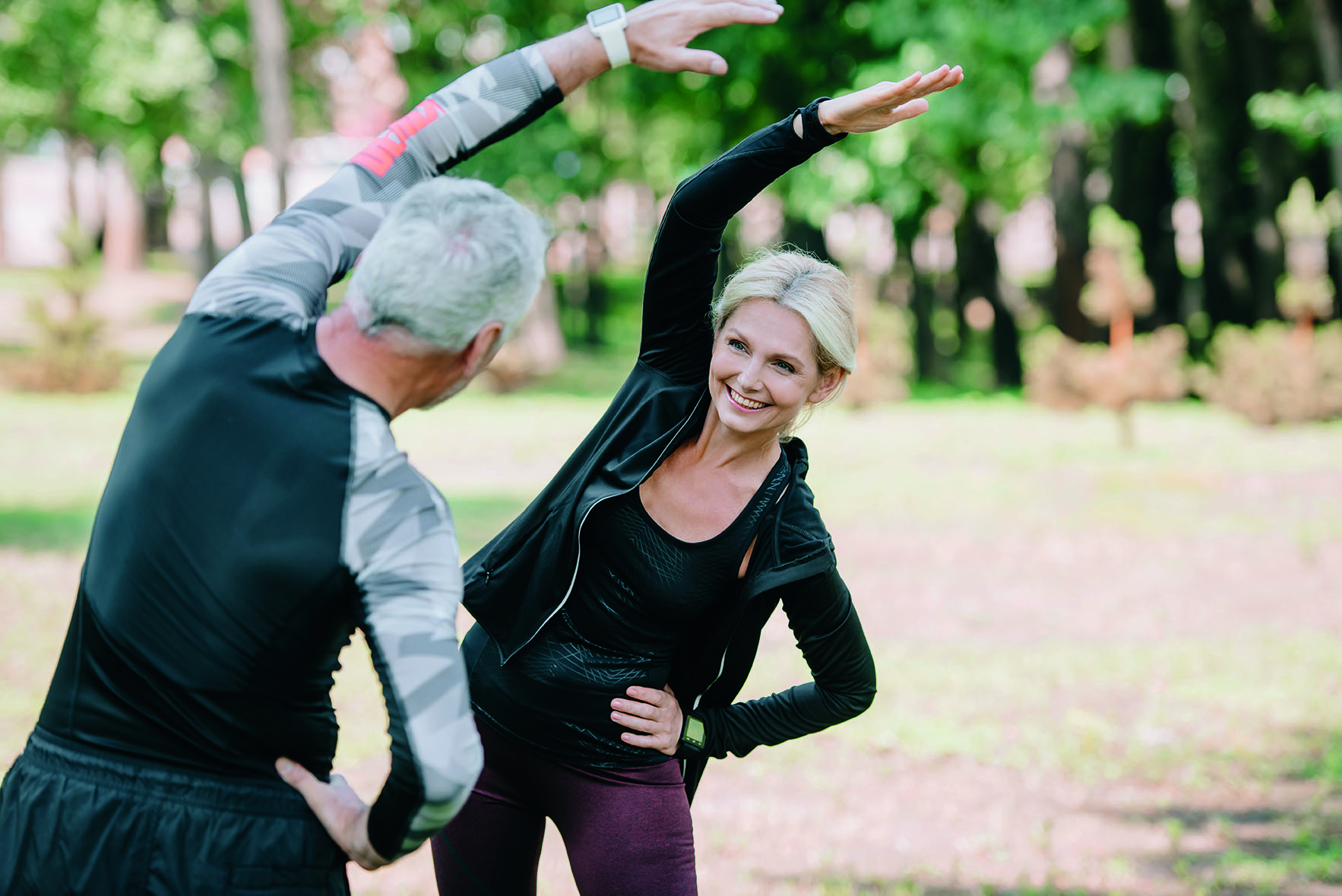
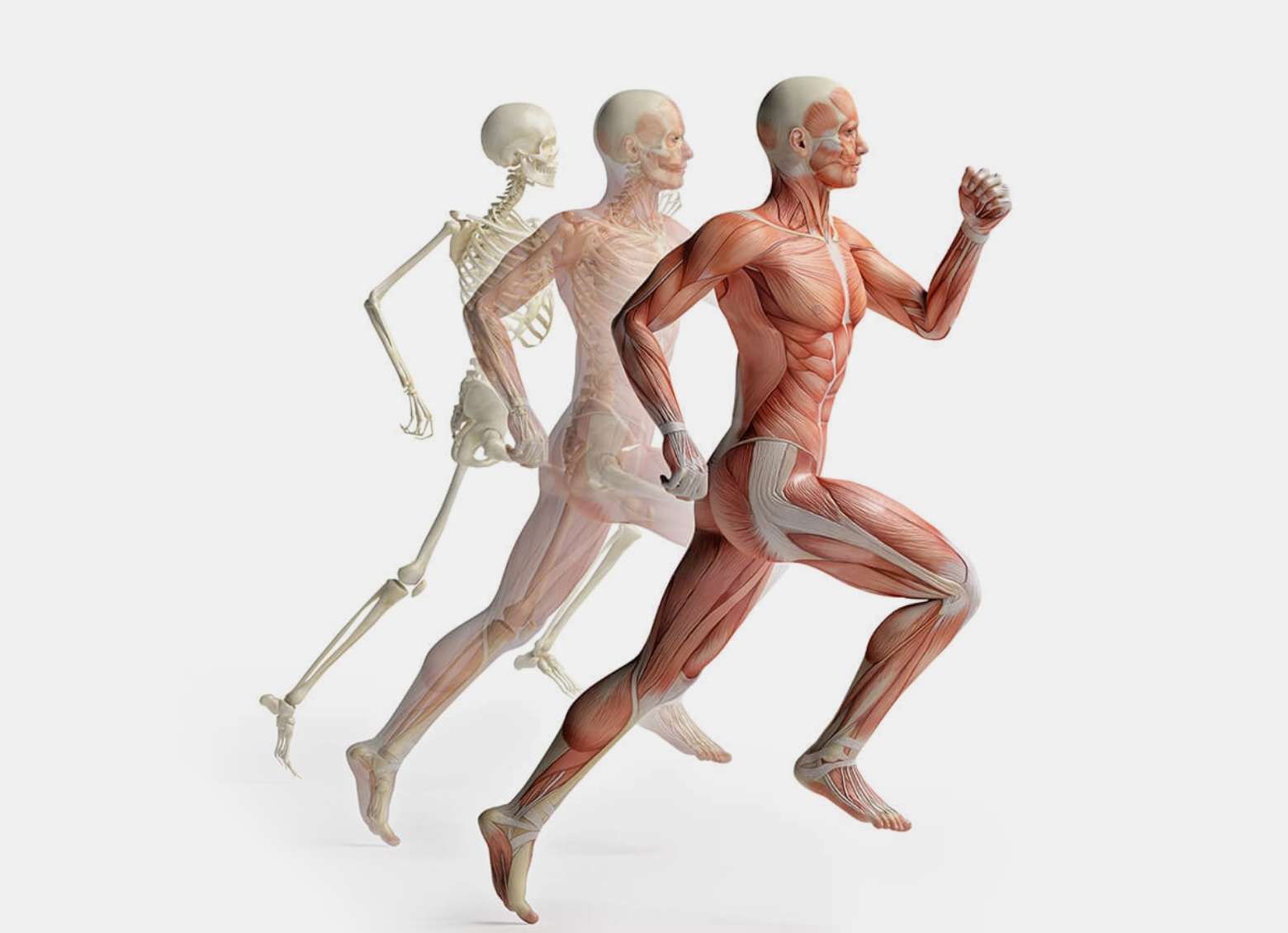
Bones, joints, muscles
Support and movement system
Movement is an interplay of bones, joints and muscles. The skeleton (passive Musculoskeletal System) gives the body its shape and support. The skeleton is moved with the help of the skeletal muscles (active Musculoskeletal System).
- Passive Musculoskeletal System: bones, joints, ligaments, cartilage, intervertebral discs
- Active Musculoskeletal System: muscles, tendons, fasciae, bursae
The human body’s musculoskeletal system includes all the structures that ensure that we can stand upright and move around.
As with all systems of the body, the Musculoskeletal System is a mechanical masterpiece consisting of over 200 bones, 140 joints, countless tendons and ligaments. Tendons transmit the activity of the muscles to the bones, while ligaments stabilize the joints while they are in use.

In Germany, every second person is too inactive and does not meet the World Health Organization’s recommendations for physical activity.
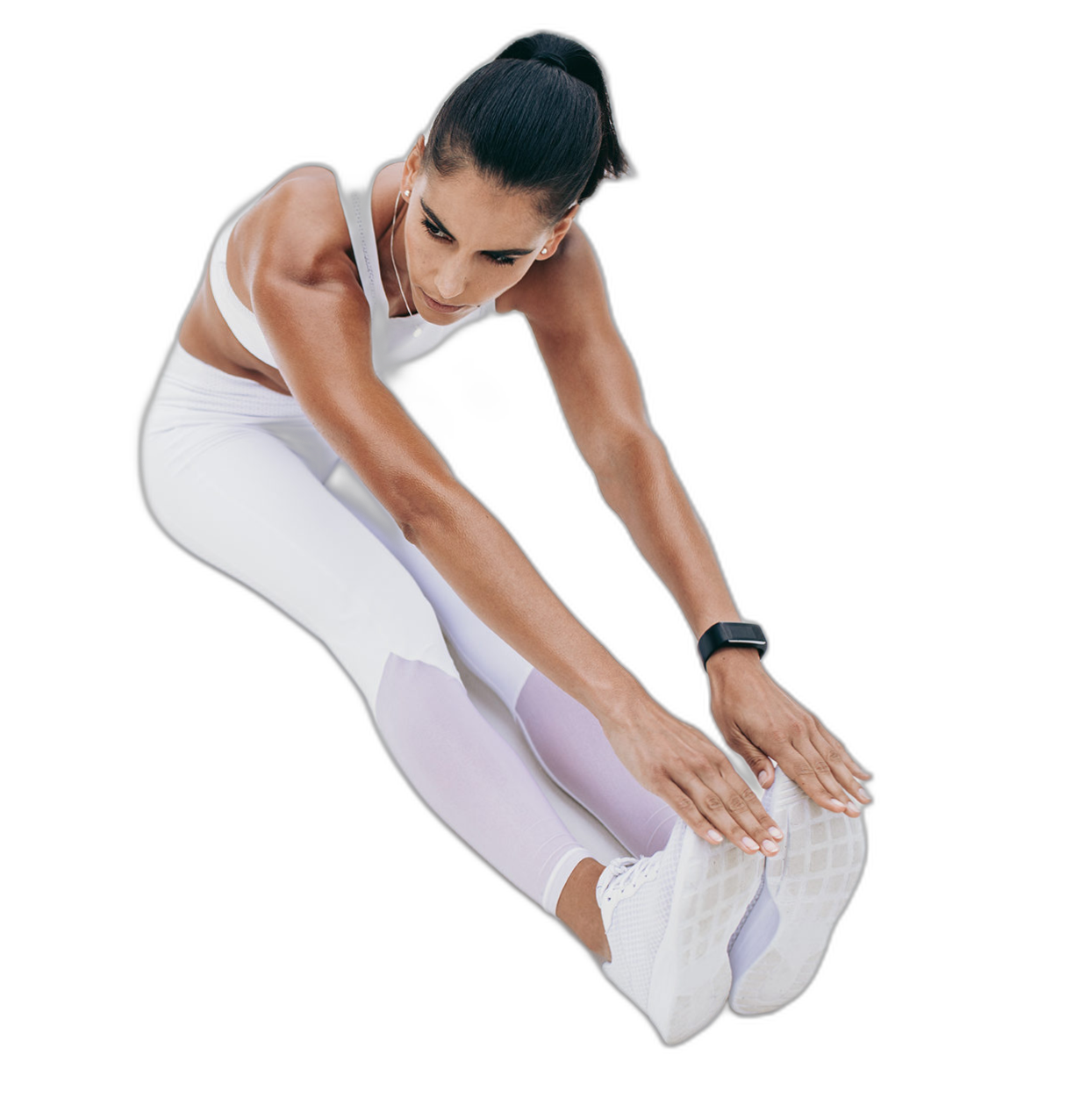
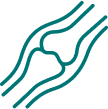
Passive Musculoskeletal System
Bones, joints, ligaments, cartilage, intervertebral discs

Active Musculoskeletal System
Muscles, tendons, fasciae, bursae
Physical activity
Exercise is the be-all and end-all
The health benefits of exercise
Exercise enables us to fulfill basic needs, express emotions, complete tasks and be mobile. Regardless of the activity, whether young or old, movement is always on board. However, it not only has an external effect, but also an internal one, as it increases blood circulation, stimulates lymph flow and metabolism, breaks down fat deposits and builds muscle, stabilizes the Immune System and the psyche. If you don’t exercise for a long time, you feel noticeably unwell and unbalanced.
Restricted movement
Being restricted in movement not only means having to give up sport, but everyday things are also difficult to cope with. Acute bone fractures in the arms or legs, for example, can completely paralyze everyday life for a certain period of time. Every movement becomes torture if a joint or tendon is inflamed.
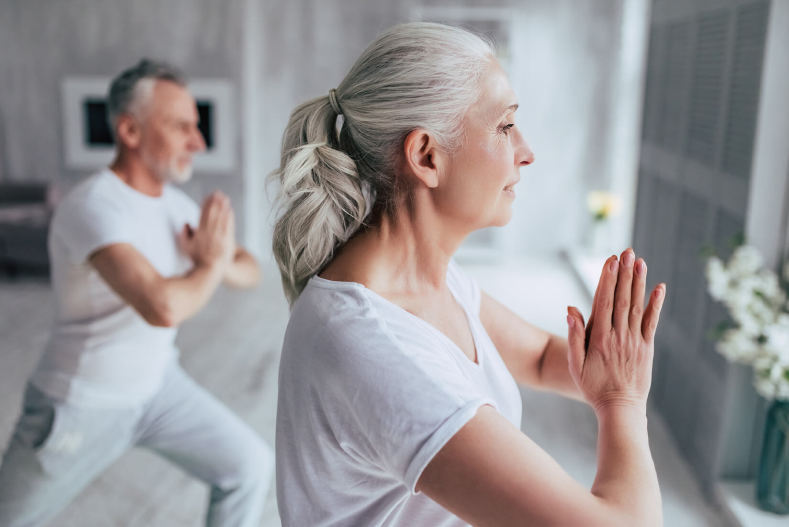
Our tip for strengthening and protecting the joints:
aminoplus® movement complex
Food supplement with collagen peptides, amino acids, hyaluronic acid, chondroitin sulphate, MSM, vitamins and minerals
Vitamin C contributes to normal collagen formation for healthy cartilage function and normal bone function
Manganese contributes to the formation and copper to the maintenance of normal connective tissue
Calcium and vitamin D contribute to the maintenance of normal bones
Facts and figures
What you should know
Musculoskeletal disorders are the most important cause of persistent pain and functional limitations.
1/4
Around a quarter of all Germans suffer from functional limitations of the musculoskeletal system
10 million
Around 10 million people affected have clinically manifest, chronic musculoskeletal system disorders that require treatment
7 million
Almost seven million people have severe chronic back pain
5 million
Around five million suffer from symptomatic osteoarthritis
1.5 million
1.5 million people – two percent of the adult population suffer from inflammatory rheumatic diseases
20.000
In addition, there are around 20,000 children with rheumatism
5-8%
According to American data, the lifetime risk of developing an inflammatory rheumatic disease is estimated at around 8% for women and 5% for men
The term “musculoskeletal diseases” is used to describe inflammatory and degenerative diseases of the Musculoskeletal System.
Musculoskeletal disorders are among the most common chronic diseases in Germany.
It is a considerable burden for those affected and their relatives, as it can severely impair their physical functioning and thus their participation in activities of daily living
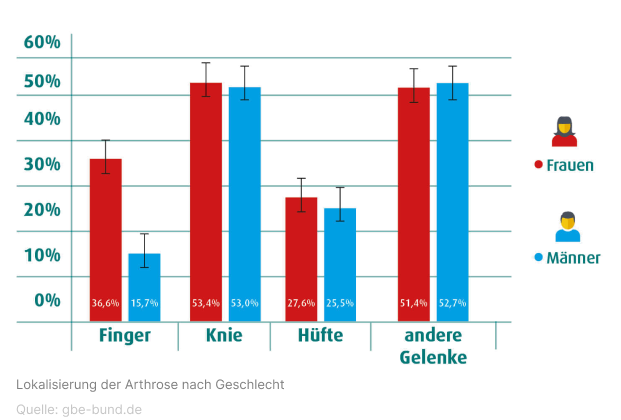
Osteoarthritis is the most common joint disease worldwide.
The degenerative changes to the joints begin with slowly progressive damage to the joint cartilage, which can progress until the bone is exposed. Adjacent muscles and ligaments can also be affected. The risk of developing osteoarthritis increases with age, while women are more frequently affected than men.
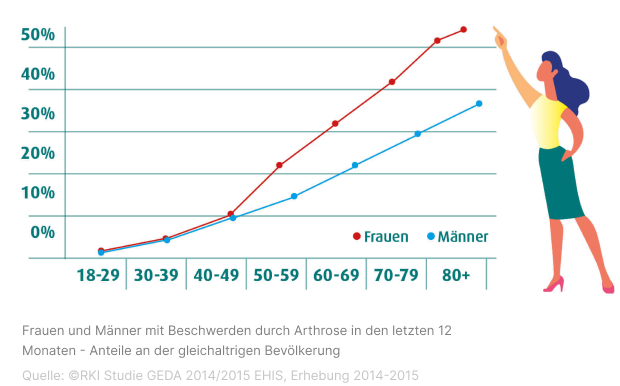

Facts and figures
When the joints become inflamed
Rheumatoid arthritis is an inflammatory joint disease caused by dysregulated immune processes. The disease is progressive and relapsing. Joints are then very swollen and painful.
Osteoporosis is a bone disease in which the fracture strength decreases due to deterioration of the bone structure and fractures can occur even when a small amount of force is applied. The female sex and a genetic predisposition are particularly relevant risk factors here.
Evaluations show that Germany could become much more active in order to keep up with rising life expectancy and grow old in good health and fitness. Moderate, regular exercise and the right nutrients seem to be the key to success here.

Our tip for strengthening and protecting the joints:
aminoplus® joint
Food supplement with amino acids, vitamins, trace elements, glucosamine & chondroitin sulphate & the sulphur-containing amino acids methionine and taurine
Vitamin C contributes to normal collagen formation for healthy cartilage function and normal bone function
Manganese contributes to the formation – and copper to the maintenance – of normal connective tissue
Vitamin E, Zinc and Selenium help to protect the cells from oxidative stress
Exercise and nutrients
In addition to regular exercise, the correct supply of nutrients to the body is of great importance for the Musculoskeletal System.
Exercise is often neglected in everyday life. Yet sport is very important for bones, joints and muscles. To prevent painful wear and tear or inflammation of the Musculoskeletal System from occurring in the first place, certain preventative measures should be taken.
Vitamin C, Zinc, Copper and Selenium are nutrients known to have a positive effect on the Musculoskeletal System.

Tips for strengthening and protecting the joints:

Regular sport
Find the right workout, e.g. swimming, Nordic walking or gymnastics (there is a wide range of health courses on offer, some of which are covered by health insurance).

Sitting correctly

Pay attention to your body weight
The optimum weight can be calculated using the body mass index (BMI)

The right nutrients
Our joints are supplied with important nutrients, which is why it is so important to supply them to the body.
Our tip on exercise and nutrients:
aminoplus® osteo
With glucosamine and chondroitin sulphate, sulphur-containing methionine and taurine.
Vitamin C contributes to normal collagen formation for healthy cartilage function and normal bone function
Manganese contributes to the formation and copper to the maintenance of normal connective tissue
Vitamin E, Zinc and Selenium help to protect the cells from oxidative stress

